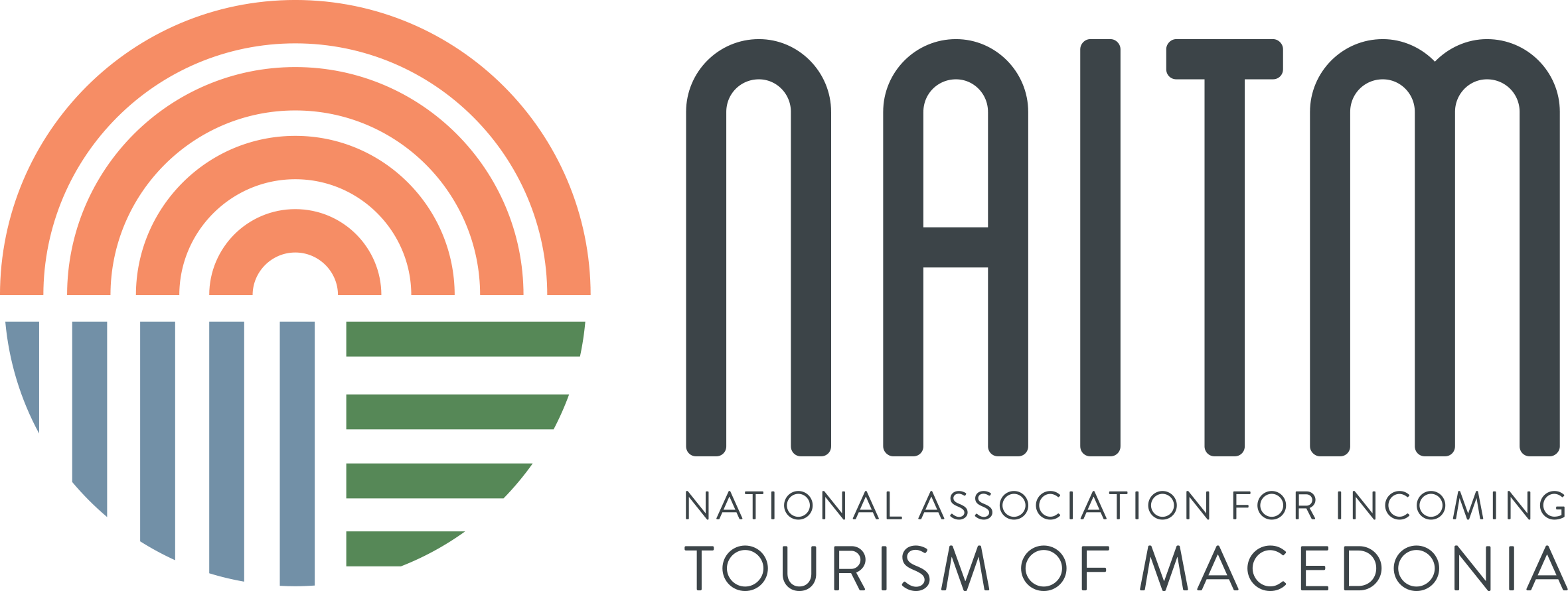On St. Dimitar's Day, many predictions were made for the upcoming year. If the moon was full, the hive would be full of honey and the bees would swarm. On the evening before the feast, the shepherds threw a staff into the barn. If the sheep lay on it in the morning, it was believed that the winter would be long, severe and cold.
To this day, traditional predictions are made after the first guest enters the house. If the guest is good and rich, the year will also be rich and blessed.
Dimitar is one of the most beloved Bulgarian names and on this day celebrates everyone who is named after the saint. According to an old custom, on a Name’s Day one goes uninvited and should bring white flowers so that the winter is good. The flowers are wrapped with red thread in order to bring health to the receiver.
Sources: https://www.hera.bg/
https://www.wikipedia.org

 RSS Feed
RSS Feed


